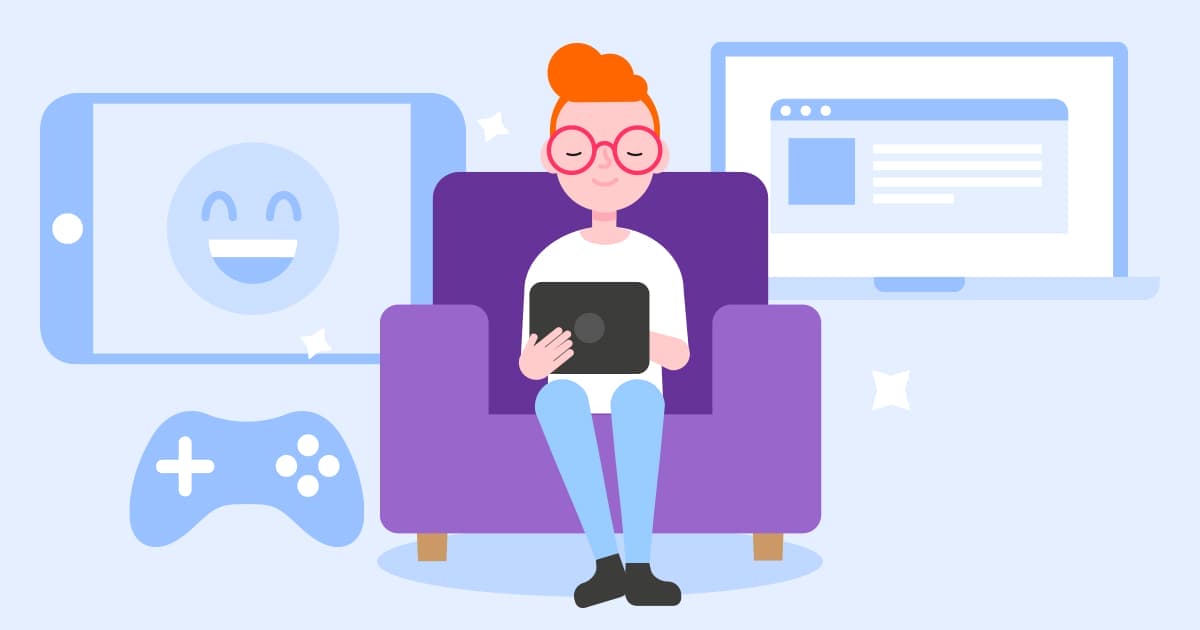Have you talked about the online risks?
Having access to their own devices can encourage children and young people to have more freedom to explore, interact and create. However, there are online risks your child should be aware of such as online grooming, cyberbullying, inappropriate content, etc.
It’s important to use in-built device controls to create a safer environment for them to explore. Review these settings regularly and ensure your children understand why these settings are helpful, so they don’t try to bypass them because they are keen to see a particular type of content.
If you can, set up their device safely before giving it to them. Have a discussion about why you are limiting the time they can spend on certain apps/games, or why the device can’t be used after a certain time in the evening etc. Involving your children in these discussions and decisions means that they are more likely to follow the rules provided.
Check out our set up safely guide for more information.



